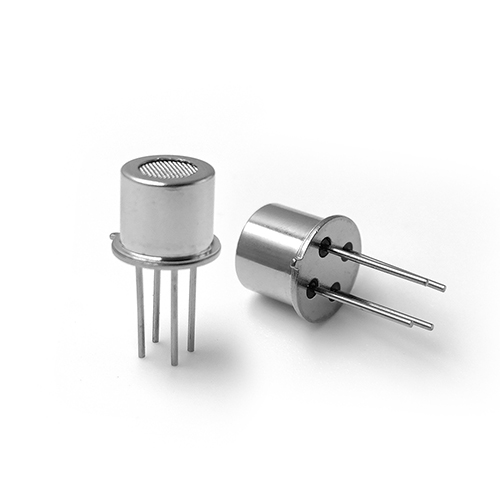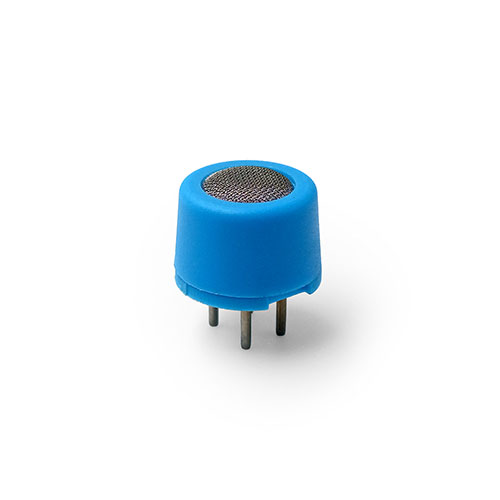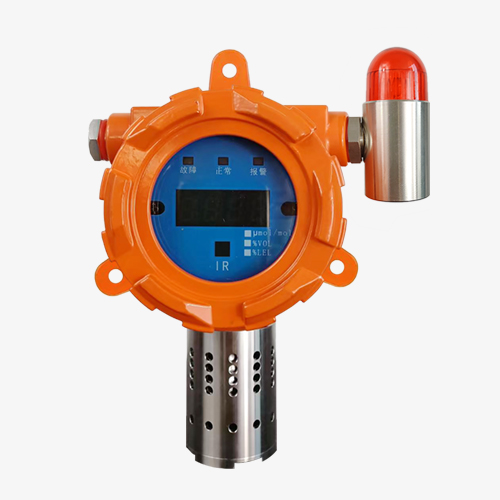How to detect methane gas
Methane is a common natural gas, but in some cases it can become a potentially dangerous gas. Therefore, effective methane gas detection is crucial to ensure the safety of workplaces and living environments. This article will introduce some common methane gas detection technologies and methods.
Sensor Technology
Sensors are one of the most common and widely used methane gas detection technologies. These sensors detect the presence of methane by measuring the concentration of the gas. Main sensor types include:
1.Thermal conductivity sensor
Thermal conductivity sensors are based on changes in the electrical conductivity of methane gas. When methane gas contacts the sensor, the conductivity changes, causing the sensor’s resistance to change. This change is measured and used to detect the concentration of methane gas.
2.Fiber optic sensor
Fiber optic sensors use changes in optical fibers to detect methane gas. When methane reacts with certain materials, the fiber’s refractive index changes. This change detects the presence of methane gas by monitoring the speed of light propagation or light intensity.
3.Semiconductor sensors
Semiconductor sensors are a technology based on the change in resistance of semiconductor materials with methane gas concentration. When methane gas comes into contact with a semiconductor sensor, the resistance changes, producing an electrical signal that can be measured.
Infrared technology
Infrared technology is a very accurate and reliable method of detecting methane gas. It is based on the absorption of specific wavelengths of infrared radiation by methane molecules. Specifically, infrared sensors determine gas concentration by measuring the amount of infrared radiation absorbed by methane molecules. The advantage of this method is its high sensitivity and low false alarm rate.
Ultrasonic testing
Ultrasonic detection technology uses the principle of sound waves propagating in the air. When methane gas is present, it affects the propagation speed of sound waves, allowing the presence and concentration of methane gas to be detected by measuring changes in sound waves.
Drone technology
With the development of science and technology, drone technology has also been introduced into the field of methane gas detection. By carrying special sensors and cameras, drones can quickly and effectively detect large-area methane leaks in the air, allowing necessary measures to be taken quickly.
Data analysis and monitoring system
In addition to sensors and technology, establishing effective data analysis and monitoring systems is also key to methane gas detection. By monitoring, recording and analyzing sensor data in real time, the system can quickly respond to abnormal situations and take appropriate measures to ensure that potential hazards are dealt with in a timely manner.
Taken together, the development of methane gas detection technologies and methods provides us with diverse options to ensure the safety of our working and living environments. Different scenarios may require different detection methods. Therefore, when selecting a methane gas detection method, comprehensive considerations need to be made based on specific usage scenarios and needs.








